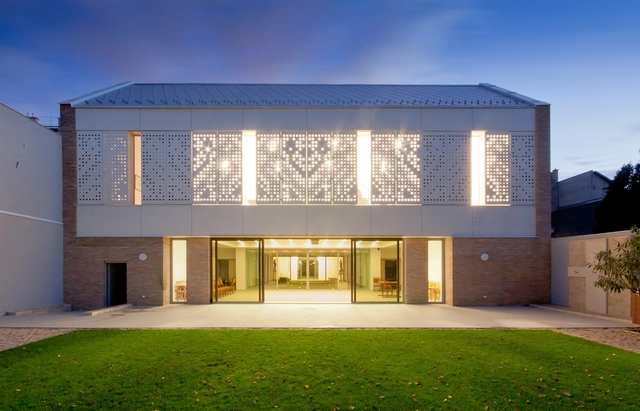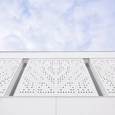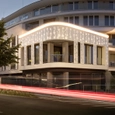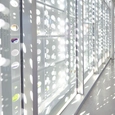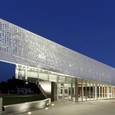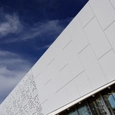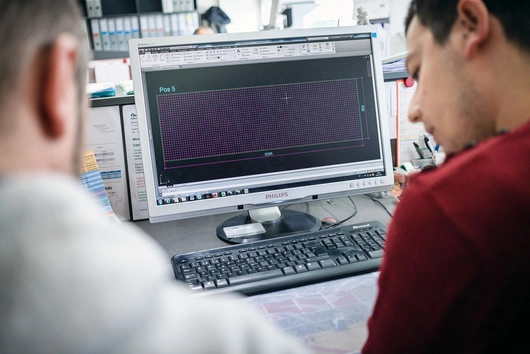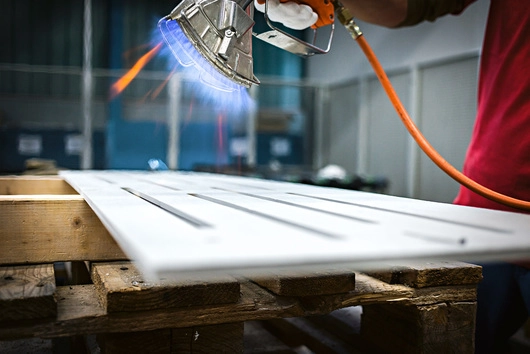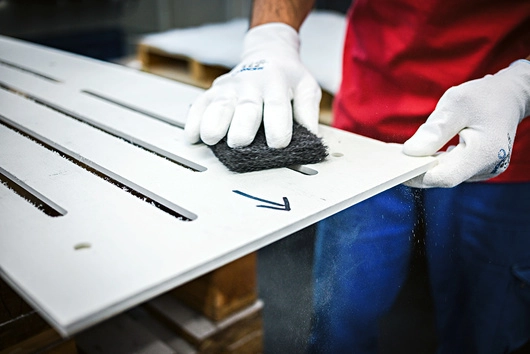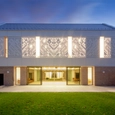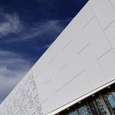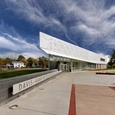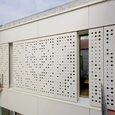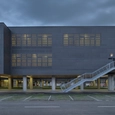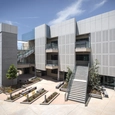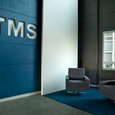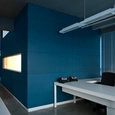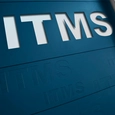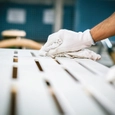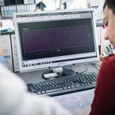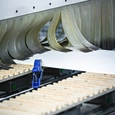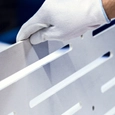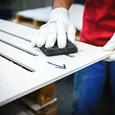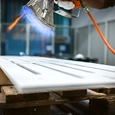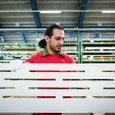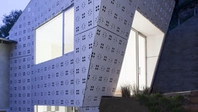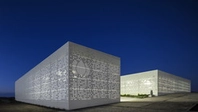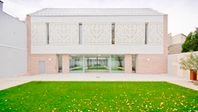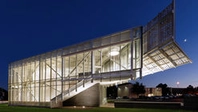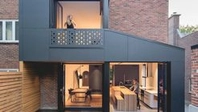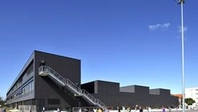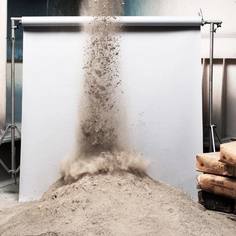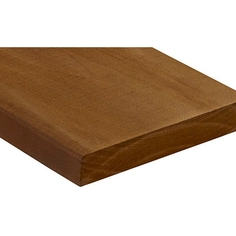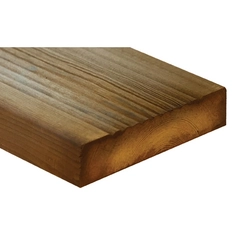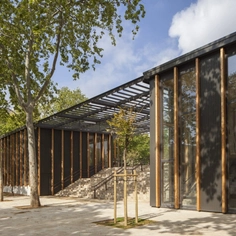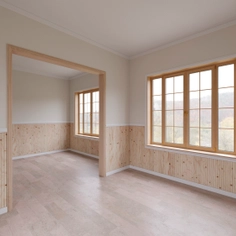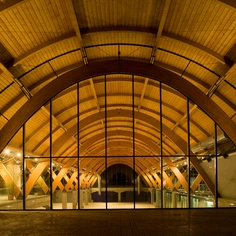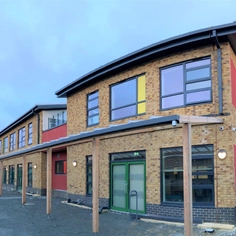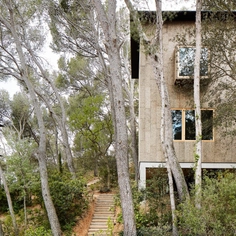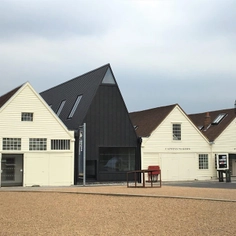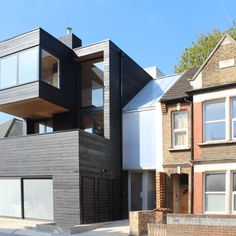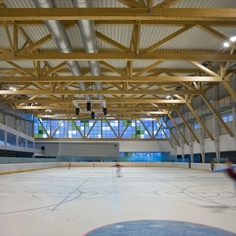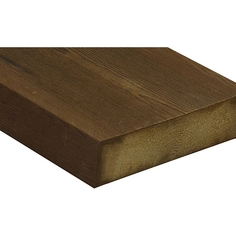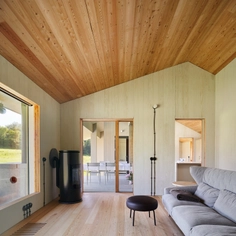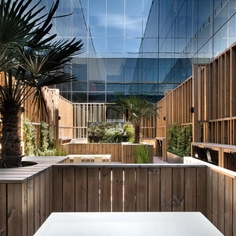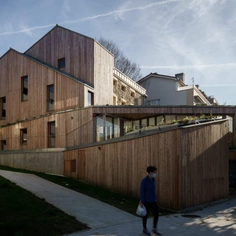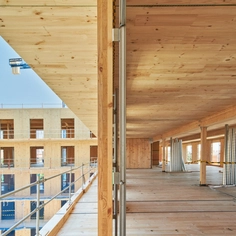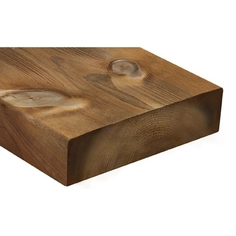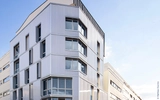Swisspearl's Perforated & engraved panels can be used for many purposes, for acoustic or aesthetical reasons, to depict works of art, letters, logos, etc. However, the fabrication process is rather labor-intensive both for preparation work and also for the actual routing out of shapes and drilling of holes.
Swisspearl's ornamented panels offer a diversity of patterns and images that make the building claddings come to life.
Work preparation
The CNC machine is programmed panel for panel based on the delivered plans. A production worker prepares the milling machine.
For interior use
Coated panels can be drilled or routed and then left as they are. When individual CNC routing must be programed on the basis of CAD drawings, the process takes two or three times longer than for standard perforations. This is the case especially for irregular and randomly located patterns.
For exterior applications
Increased exposure to weathering, panels are first primed, then fabricated and subsequently coated.
After the cutting
The edges are broken with the help of a special planer, extra cutting remains are removed with a sponge, and in the end, the fine fibers are burned off and cleaned, and finally, the edges are water-proofed.
Technical considerations
- Crucial to have panel fastened and stable at all times of production.
- Distances between perforations or engraved areas should not be too small, and for larger panels.
- A solid perimeter zone is required, so that the panels are not too fragile for handling on site and installation.
- Common drill hole diameters are 6 or 8 mm.
- These small diameter holes are located in a grid of 16/32/48 mm in both directions.
- For exterior applications or if the panels must be washable, a minimum 20 mm hole diameter is required.
- Punch radius must be minimum 3mm, bevel 1.5mm.


